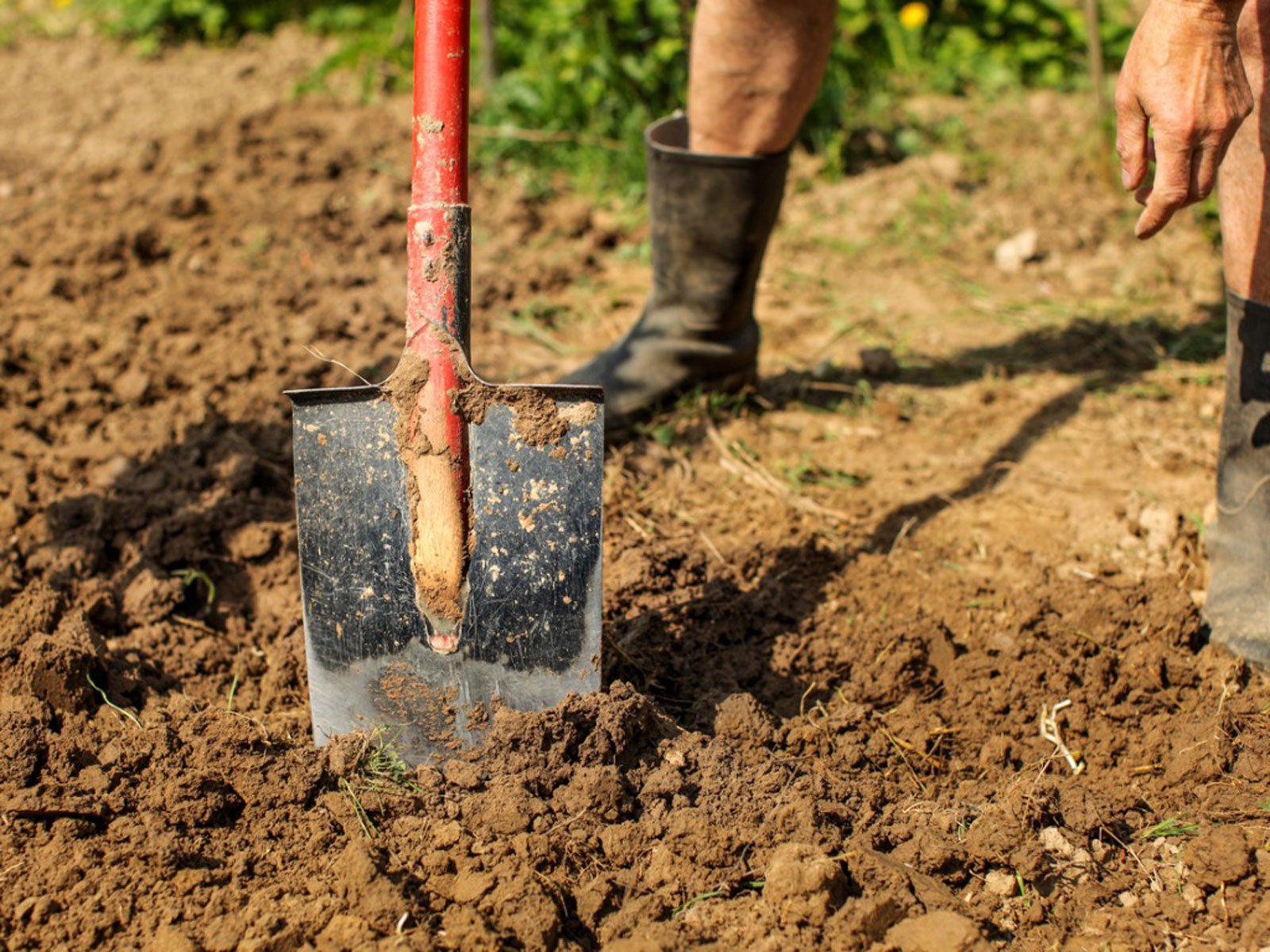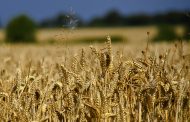If you have clay on the site, you can be congratulated. And then sympathize … Why? Read the article and find out.
Kiev. Ukraine. Ukraine Gate – March 27, 2021 – Agriculture
Congratulations on the fact that clay soils have one advantage – they are better supplied with nutrients than light sandy soils.
As for the cons, there are many more:
clay soils warm up very slowly in spring;
in the summer heat and with infrequent watering, they turn into concrete;
clay soils are difficult to cultivate: after rains they swim, they need frequent loosening;
have unfavorable for plants water and air regime. In such soils, water stagnates, which leads to the formation of gases and poisonous plants in the soil;
in clay, soil microbes do not work well, due to which the decomposition of organic residues is very weak.
How to improve clay soils:
- Deep digging and liming. Heavy podzolic soils, which are formed under coniferous forests in conditions of excessive moisture, are widespread in the territory of Ukraine. They have an acidic reaction, which has a very adverse effect on the cultivation of most cultivated plants. These soils need to be limed.
- Also on heavy podzolic soils deep digging with the simultaneous introduction of loosening materials (sand), organic, and mineral fertilizers are required.
- Squeaking. Applying sand will significantly improve the mechanical composition of clay soil. This should be done as follows: the soil is filled with sand 10-15 cm thick, on it – a layer of overcooked manure or mature compost 5 cm thick. Both layers are dug with the same thickness (approximately 2/3 of a bayonet shovel) layer of clay soil. This process is very time-consuming but effective.
- Application of sawdust. Loosen heavy soils well with sawdust. It is applied in autumn, with no more than five buckets per 10 m2. However, it must be remembered that sawdust pulls nitrogen from the soil, which reduces fertility, and the plants will starve. Therefore, before applying sawdust should be moistened with a solution of any nitrogen fertilizer (220 g of urea per bucket of water and three buckets of sawdust).
Read also: Ukraine Will Take Part in the Un Summit on Food Systems and the Climate Conference
Source: Ukrgate







